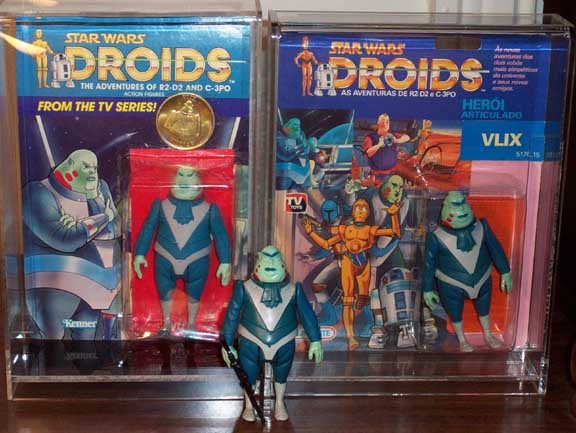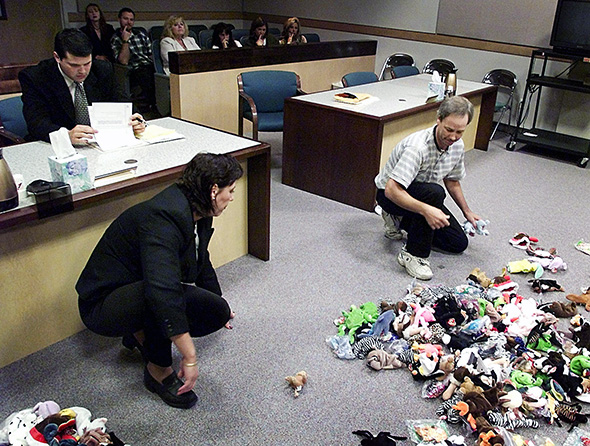That misinterpretation of the 14th Amendment, written to guarantee the citizenship rights of freed slaves after the Civil War, has morphed the amendment into a guarantee of birthright citizenship. Merely being born on American soil is said to make you a U.S. citizen. Sneak past the U.S. Border Patrol, have your baby, and you not only have a U.S. citizen but what is called an “anchor baby” allowing you to stay and bring others in under the banner of family reunification.
During the campaign, Trump correctly called the flawed concept of birthright citizenship the “biggest magnet” for illegal immigration. He would end it, and as for family reunification, Trump is all for it, just saying it should happen on the other side of the U.S.-Mexico border. As the New York Post reported:
Trump described his expanded vision of how to secure American borders during a wide-ranging interview Sunday on NBC’s “Meet The Press,” and in a position paper he later released, saying that he would push to end the constitutionally protected citizenship rights of children of any family living illegally inside the US.Birthright citizenship is the exception and not the rule worldwide. Even our European brethren, as fond as they are of refugees and open borders, do not embrace it. As Liz Peek writes on FoxNews.com, birthright citizenship is indeed a big magnet for illegal immigration:
“They have to go,” Trump said. “What they’re doing, they’re having a baby. And then all of a sudden, nobody knows... the baby’s here.”
The United States is one of only two developed countries in the world that still bestows citizenship on every person born on our nation’s soil. Having a child become a U.S. citizen is the greatest reward possible for someone who enters the country illegally. Such status is worth hundreds of thousands of dollars in free education and benefits, not to mention the incalculable value of our country’s security and freedoms. Historically, there was bipartisan enthusiasm for dumping this program; even Democrat Harry Reid had proposed its termination.The costs of birthright citizenship are staggering, especially when you consider the costs of what is called “chain migration. Once of age, the baby born here can sponsor others. It has even given rise to what is called “birth tourism” where pregnant women are brought to the United States, ostensibly as tourists, to give birth here and have their child dubbed an American citizen by birth As Ian Tuttle writes in National Review:
Peter and Ellie Yang,” the subjects of Benjamin Carlson’s fascinating new Rolling Stone essay, “Welcome to Maternity Hotel California,” paid $35,000 to have their second child in the United States. In 2012 Chinese state media reported 10,000 “tourist births” by Chinese couples in the United States; other estimates skew as high as 60,000…Trump said he would end birthright citizenship and critics have said that the task, even if justified, is well nigh impossible, requiring amending the U.S. Constitution. In reality, it may not require altering the 14th Amendment -- only correctly interpreting it -- perhaps through clarifying legislation.
The cost of this is not negligible. Inflation-adjusted figures from the U.S. Department of Agriculture projected that a child born in 2013 would cost his parents $304,480 from birth to his eighteenth birthday. Given that illegal-alien households are normally low-income households (three out of five illegal aliens and their U.S.-born children live at or near the poverty line), one would expect that a significant portion of that cost will fall on the government…
There are long-term costs, too. U.S.-born children of illegal aliens can sponsor the immigration of family members once they come of age. At 18, an “anchor baby” can sponsor an overseas spouse and unmarried children of his own; at 21, he can sponsor parents and siblings…
The Fourteenth Amendment, passed, on July 3, 1866, reads, “All persons born or naturalized in the United States, and subject to the jurisdiction thereof, are citizens of the United States and of the State wherein they reside.” This was done, again, to guarantee the citizenship rights of freed slaves, not illegal aliens. The 1857 Dred Scott decision held that no black, not even a freed black, could be considered a citizen.
In testimony before the House Judiciary Committee in October, 2008, John C. Eastman, a law professor at Chapman University and a fellow at the Claremont Institute, argued that illegal aliens are still foreign nationals and are not subject to U.S. jurisdiction, except for purposes of deportation, and therefore their children born on American soil should not be automatically considered U.S. citizens.
During debate on the Fourteenth Amendment, Sen. Jacob Merritt Howard of Michigan added jurisdiction language specifically to avoid accident of birth being the sole criteria for citizenship. And if citizenship was determined just by place of birth, why did it take an act of Congress in 1922 to give American Indians birthright citizenship, if they already had citizenship by birthright under the14th Amendment?
Rep. John Bingham of Ohio, who is regarded as the father of the 14th Amendment, said it meant that “every human being born within the jurisdiction of the United States of parents not owing allegiance to any foreign sovereignty is, in the language of your constitution itself. A natural born citizen…”
Rep. Nathan Deal of Georgia sought to clarify the situation through HR. 698 the Citizenship Reform Act of 2005, which would have amended the Immigration and Nationality Act to deny automatic citizenship to children born of the United States of parents who are not U.S. citizens or are not permanent resident aliens.
HR. 698 declared: "It is the purpose of this Act to deny automatic citizenship at birth to children born in the United States to parents who are not citizens or permanent resident aliens." The bill undertook to clarify "subject to the jurisdiction of the United States" to the meaning originally intended by Congress in the14th Amendment.
The current interpretation of birthright citizenship may in fact have been a huge mistake and given the burden illegal aliens have imposed on our welfare, educational, and health care systems as well as through increased crime on our legal system, a very costly one.
There may be hope of correctly interpreting the 14th Amendment through a court case as President Trump reshapes the courts, particularly the Supreme Court, with justices of a more “originalist” bent. As noted, the misinterpretation could be corrected through clarifying legislation. We can correct it judicially or legislatively and we should. Donald Trump was right -- becoming a U.S. citizen should require more than your mother successfully sneaking past the U.S. Border Patrol.
















 7.
7.  8.
8.  9.
9.  10.
10.  11.
11.  12.
12.  13.
13.  14.
14.  15.
15. 
